 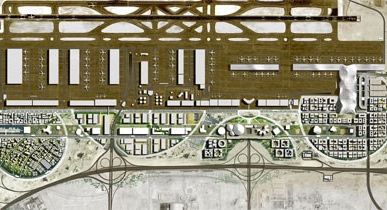
OMA Hia Airport City Qatar Doha 2013
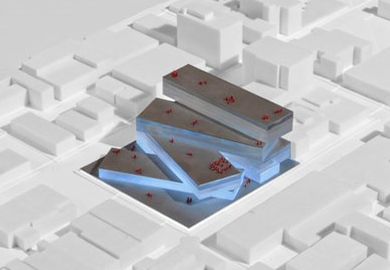 
OMA The Plaza at Santa Monica Santa Monica 2013
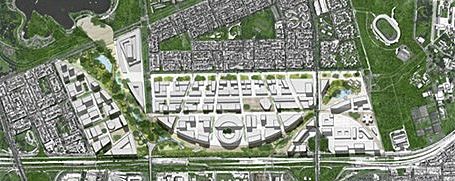 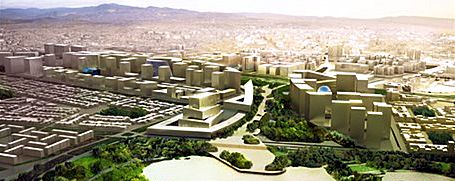
OMA Bogotá Centro Administrativo Nacional Bogotá Colombia 2013
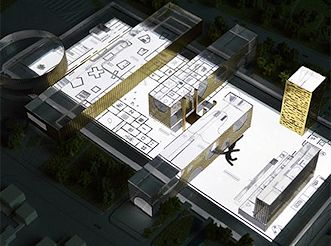 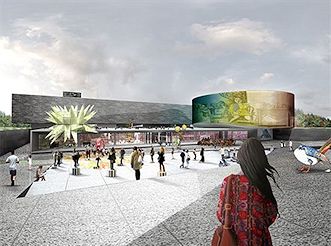 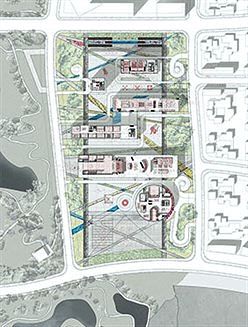
OMA Qingdao Culture and Arts Centre Qingdao China 2013
| |
2014.01.02 20:04
1 January
t a m m u z, I agree that both "an operative utilization of architectural history as well as socio-cultural one" is present within the respective Koolhaas/OMA and Schumacher/ZHA 'projects'. Like I said in the beginning, I agree with your original answers, and I subsequently (oddly just I woke up this morning) came to realize how it was the "operative utilization of architectural history" that was missing. Anyway, between our last two posts the architectural and socio-cultural are now comfortably combined.
As a consequence of all of the above thread, I'm much more concerned/interested in how practice utilizes the architectural history/historiography. The type of architectural historian that Tafuri was against seems to no longer exist, and I'm not really sure who the correct (per Tafuri) architectural historians might even be today. The real 'operating' (historiography and practice) of today seems to be in the hands of architects themselves. (And whatever uncertainty I may still have is whether this assertion is true, and whether Tafuri ever anticipated such a development, but that's minor at this point).
Regarding Gehry, like you're now seeing the Seattle Library as critical regionalism (which sounds quite fine to me), I'm now interested in searching out "an operative utilization of architectural history" in his work. Gehry's early work does indeed comprise critical regionalism. And there's something about the initial designs (early 1990s) of the Disney Concert Hall's swooping forms/shapes first being conceived as stone that (I think perhaps) offers a key to the evolutionary unraveling of Gehry's operative utilization of architectural history. (These are very preliminary thoughts, and definitely nothing concrete).
2014.03.12 16:07
10 March
...an article, at Dezeen yesterday, regarding Koolhaas and the curatorial intentions of the Venice Biennale 2014 is perhaps an interesting coincidence to the topic here:
The research-driven exhibition, entitled Fundamentals, will examine the essential elements of architecture and chart the emergence of a global architectural style. As well as encompassing the Arsenale and the Central Giardini Pavilion, this theme will extend to the 65 participating national pavilions for the first time in the biennale's history.
"After several architecture biennales dedicated to the celebration of the contemporary, Fundamentals will look at histories, try to reconstruct how architecture finds itself in its current situation, and speculate on the future," said Koolhaas.
"With great courage and ambition, after having traced the history of modernity over the past 100 years to the present, he identifies and presents the elements that should act as references for a regenerated relationship between us and architecture," added Baratta.
For me, the main issue is the dissemination of histories, how the various 'narratives' are taught and/or used to create a common understanding of what and how things happened and, like the biennale example above, thus also "speculate on the future." As you mentioned, the histories disseminated can be 'true' as well as 'false'. Is the common understanding of the history of 20th century architecture more true or more false? Is the common understanding a full picture of what actually happened when? Unfortunately, I think the common understanding is not all that it could be. In a sense, I would rather a 1:1 scale appraoch where the common understanding is more in tune with just how diverse each year of 20th century architecture (considered globally) actually has been. At this point, I can only begin to speculate what the future of architecture would be if architecture students were taught just how diverse 20th century architecture actually was. Will "the emergence of a global architectural style" to come out of the 2014 Venice Biennale be a true history? Or will it turn out to be yet another partial truth?
I just today borrowed Vidler's 2008 Histories of the Immediate Present: Inventing Architectural Modernism (which I read most of like five years ago), and it seems important to read again in light of the topic here.
| |
2014.03.17 13:22
17 March
Coincidentally typed this morning:
There is a profound "immobility" in the technological world which science fiction writers have often portrayed as the reduction of every experience of reality to an experience of images (no one ever really meets anyone else; instead, everyone watches everything on a television screen while alone at home). This same phenomenon can already be sensed in the air-conditioned, muffled silence in which computers work.
Flattened out, simultaneous, the world appears de-historicized. What made up "modern"--i.e. the experience of living every day in a narrative history of progress and development reinforced by the daily newspaper--now comes to a halt. The "master" narrative, once a secularization of religious salvation, now fails, and multiple other possible narratives rise up."
Gianni Vattimo, quoted in "Postmodern or Posthistoire?"
I still have to scale it with a map, but Kahn's burial plot is somewhere in the top left quadrant, maybe just within the western edge of Campo Rovine.
Are the Koolhaas/OMA instances of Ichnographia Campus Martius usage also examples of "history flattened"? Is the Ichnographia Campus Martius itself an example of "history flattened"?
Read again last night the Vidler/Eisenman conversation in Log 28. Vattimo came up a bit.
It's becoming more and more clear that lots of the fuel that burned Tafuri's contemporary-architecture-critique fire came from Scully's early 1960s writings. And, judging from a comment I once saw/heard Scully make about Tafuri, I think he [Scully] already knew it.
2014.03.19 10:27
17 March
The Koolhaas/OMA use of the Ichnographia Campus Martius as 'floor paper' (not wall paper) occurs in several project, but the one project (that I know of at least) where the usage went from schematics through to execution is the plinth of the CCTV Headquarters.
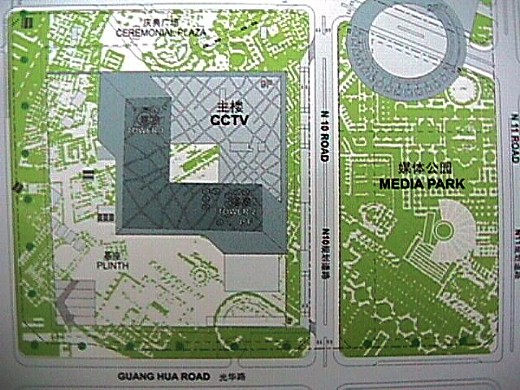
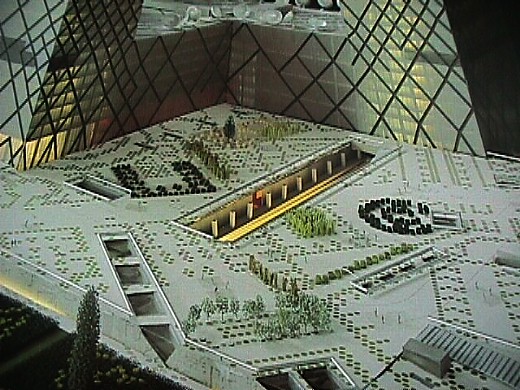
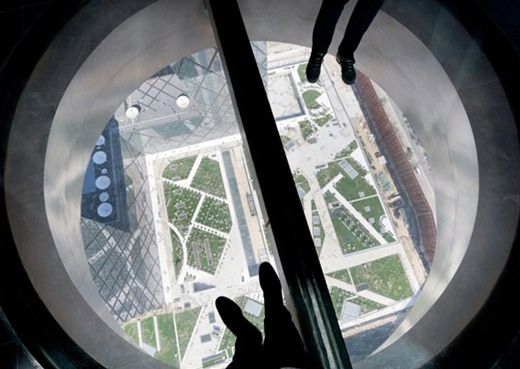
The ICM 'floor paper' usage still occasionally occurs in more recent projects as well. And there's a little more 'background' on the subject here.
|